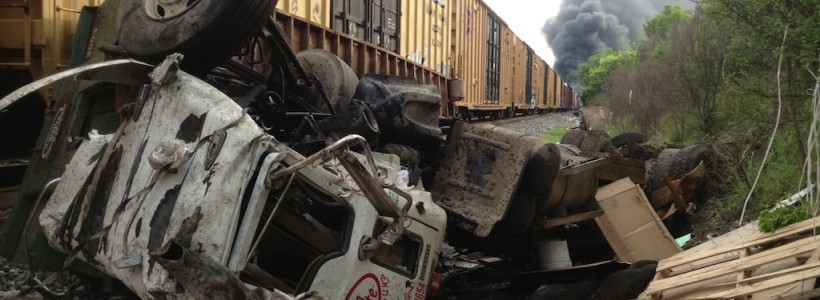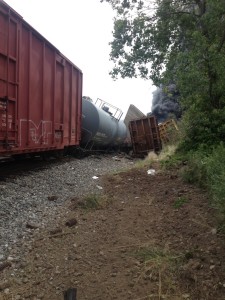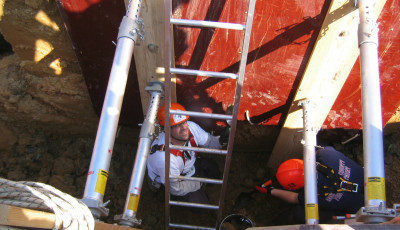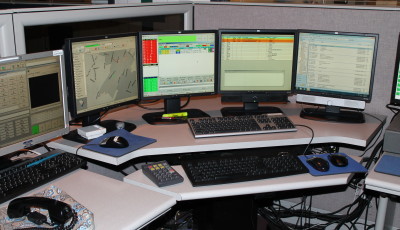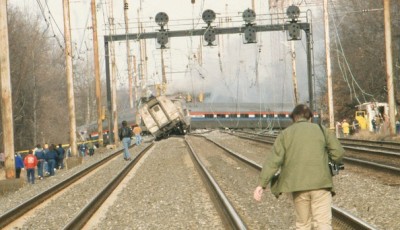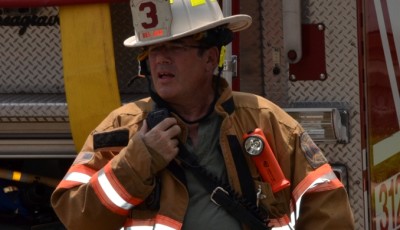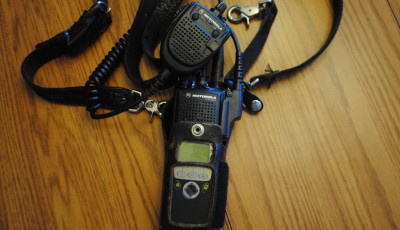Stay On Track With Rail Incidents – Part 2
Training prepares us for situations that we run in to everyday, and even the calls that we would never have expected. In part 1 we learned that knowing what your dispatcher needs to know for rail incidents and the resources they have available ahead of time are tools to make the incident run more efficiently.
As with any call, there is a chance that some challenges may present themselves. See what problems relate specifically to train emergencies and how we can find a solution to these problems before they have a large impact on the outcome of the incident.
Difficulties With Rail Emergencies
The Location
The 911 dispatcher will do their best to get an accurate location of the call by caller statement and GPS mapping. Unfortunately when they take a call from a citizen, the best address may be the closest cross street(which can be quite some distance in rural areas).
Rail systems have mile posts and although they may not populate in the CAD system(Computer Aided Dispatch)the dispatcher and railroad company will be able to provide the location of that mile marker to crews.
When you arrive on a rail emergency give your dispatcher any update on exact locations. It can also be difficult if the train is still in motion. Sometimes 911 knows about an on-board emergency before the train’s engineer does so the rail dispatcher needs to be notified to stop the train to meet emergency crews.
You may be dispatched “in the area of” because of location difficulties. It is better to get units on the road and heading to the area than to delay dispatch while trying to get an exact location. Sometimes dispatch relies on fire units to find the incident because we have exhausted our other resources. Please be patient and work alongside dispatch to get the correct location.
Timing
When responding to a rail emergency time is of the essence. The type of train and the cargo it is carrying(passengers included) will determine the speed.
If trains need to be stopped or slowed due to crews working on or near the tracks your fire dispatcher needs to know immediately so they can make prompt notification. Although your dispatcher will relay back to you current train activity in the area, always use caution in case there was a miscommunication of the true location of the train or it is unable to be stopped in a timely manner.
Radio Interoperability
If a MCI has occurred chances are there are other jurisdictions being dispatched to the scene that may not have radio operability wih you. Your Emergency Operations Center (EOC) may have additional radios to send to the scene for mutual aid responders.
If a radio tower is struck or there is a large amount of radio traffic, some centers have a portable radio tower and dispatch command bus(equipped with dispatchers) that can be deployed to the scene.
Remember that training for these situations will better prepare you to know what to ask for, what resources dispatch has on hand and how to solve some key problems as they arise.
Cover photo also courtesy of Baltimore County Station 28, Rosedale VFC.
Part 2 of 2

